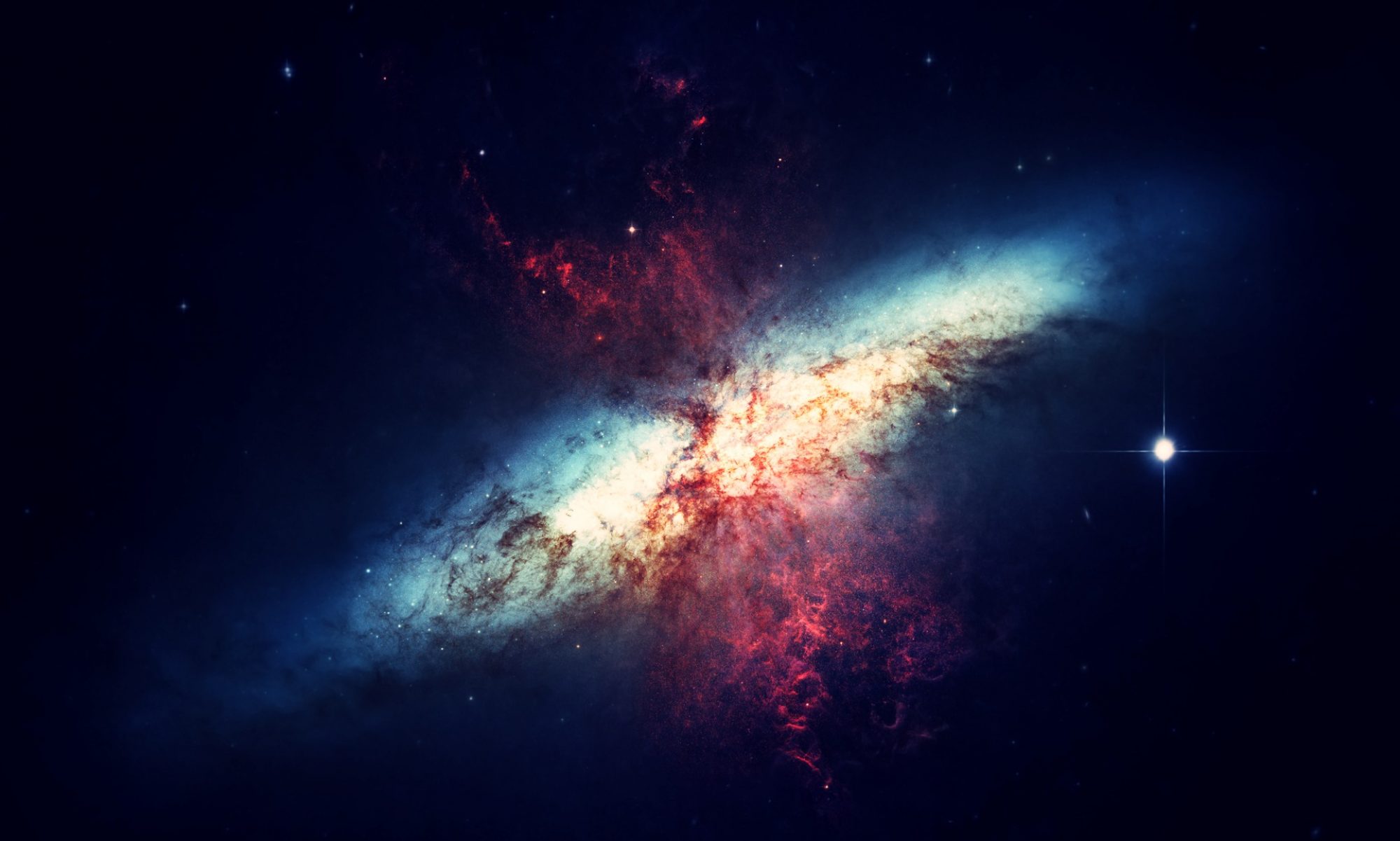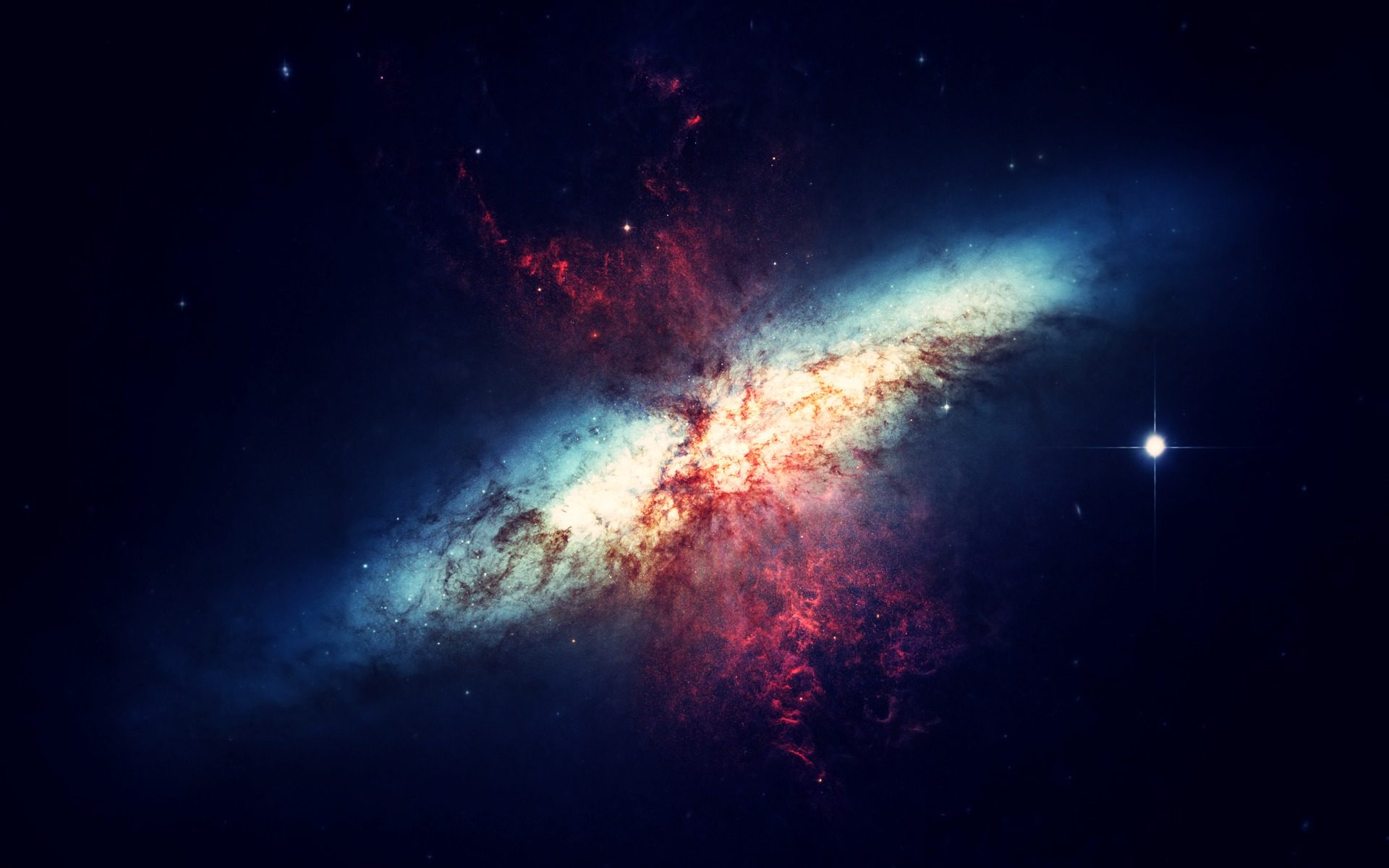What is beauty?
The concept of beauty is present in all human being. Hume, an XVI century philosopher, remark:
“Beauty is no quality in things themselves: It exists merely in the mind which contemplates them; and each mind perceives a different beauty. One person may even perceive deformity, where another is sensible of beauty; and every individual ought to acquiesce in his own sentiment, without pretending to regulate those of others. (Hume 1757, 136)
Hume’s quote highlights the possibility of a subjective perspective in beauty, that is, beauty is essentially dependent on the person that taste it. This view is in opposition to the one accepted by philosophers up to the eighty century; in this sense, beauty is an objective quality, it is independent of people. Overlooking this discussion, there is an agreement between both sides; the tasting of beauty is followed by satisfaction and pleasure.
The branch of philosophy that studies the beauty is called aesthetics. Aesthetics and arts are correlated fields, in some way, they mix together. In fact, arts can be seen as a way that an artist can share its own emotional soup and singular feelings. Under those circumstances, art is totally related to the beauty of the object. That is the basis for this blog, in which it will be structured.
In brief, the purpose of this project is to express the beauty of physics using texts of a blog.
Modern science
Before an introductory talk about physics, I would like to present physics as a modern science.
The history of humanity is characterized by the development of the knowledge of natural phenomena. The capacity to learning, conduct experiments and dominate the nature could be the one that gives to humans, advantage from usual animals. The mastery of cultivation techniques, turn possible to humans dominate wherever they were. We were always at the top of any ecosystem. Consequently, the development of this form of manipulating aspects of nature led human societies to what we now call modern science.
Modern science is the way by which knowledge, theories, and new results are generated. Modern science is totally dependent upon a particular community of people, those last are called scientists. Scientists produce theories and experiments that are shared through scientific journals. The own scientific community select among all theories, which ones are the good and the bad theories, discarding a lot of hypothesis over the years. That dynamics, of generating new hypothesis and discards through the community is what we call the modern science. It is interesting to observe; the people are creating modern science, however, people made ethical and aesthetic judgments. Then it is possible that a big part of the scientific hypothesis has an etic and aesthetic influence.
Dirac and Einstein, for example, considered the beauty and simplicity of a physical theory.
Physics, a beautiful masterpiece
In the last two centuries, to explain the nature around us, great physical theories emerge. We can mention:
- The classical mechanics is used to explain daily moving objects and the solar system orbits. It was the responsible for some planet discoveries.
- The thermodynamics is used to explain pressure and temperature dynamics. Together with classical mechanics, we can predict some atmospheric dynamics.
- Optics, it was used to explain light phenomena in our scale.
- Electromagnetism, it is used to explain electrical and magnetical phenomena.
Later we will see, those classifications mix in some way. Their mixing was provided by theories that emerged at the beginning of the XX century. Some complex theories were the responsible for the emergence of new areas of physics, they are:
- Quantum mechanics.
- General and restrict relativity.
- Particle physics and Quantum Field Theory.
In this context, we can observe physical theories as a painting of an artist, in our case the scientist. Each theory or concept can cause an emotional cocktail, that will be expressed along the next posts. Therefore, in this first post, I would like to introduce slightly the second group of theories.
In fact, the theories created in the XXI century destroy totally the common sense of how nature is.
Some 21st-century physics
Relativity
Initially, there is the general and restrict relativity. They are the responsible for the destruction our natural concepts of what time and space are. Through the special relativity, we can conclude absurd things about simultaneity, about the duration of time and the length of things. Likely, through general theory, we conclude that the universe had a beginning, that it expands and that85% of the universe matter is made by dark matter, a kind of matter that is as anything that we know.
Quantum mechanics
Then, there is the quantum mechanics, it confuses totally our concept of how is the reality. Quantum mechanics is a totally functional theory, I mean, nobody doubts about its predictions. Although, since its creation, a lot of discussions about how to interpret the theory emerged. Nowadays, the majority of physicists accepts the standard interpretation, called orthodox interpretation. Because of such debates, a new study area emerged, called the philosophy of quantum mechanics.
The dawn of a new blog
In this blog, I will talk in more details about those areas, point its surprises and beautiful things that arise from them.
We will see how a black hole can appear, how it affects the time flow. We will see how particles can be created and destroyed, how an electron can’t sometimes have a definite position and a lot of that stuff.
I hope you enjoy it!
[1] For more about aesthetics, visit https://plato.stanford.edu/entries/beauty/.
[2] For an understanding of modern science, I recommend: Kuhn, Thomas S. The structure of scientific revolutions. University of Chicago press, 2012.

